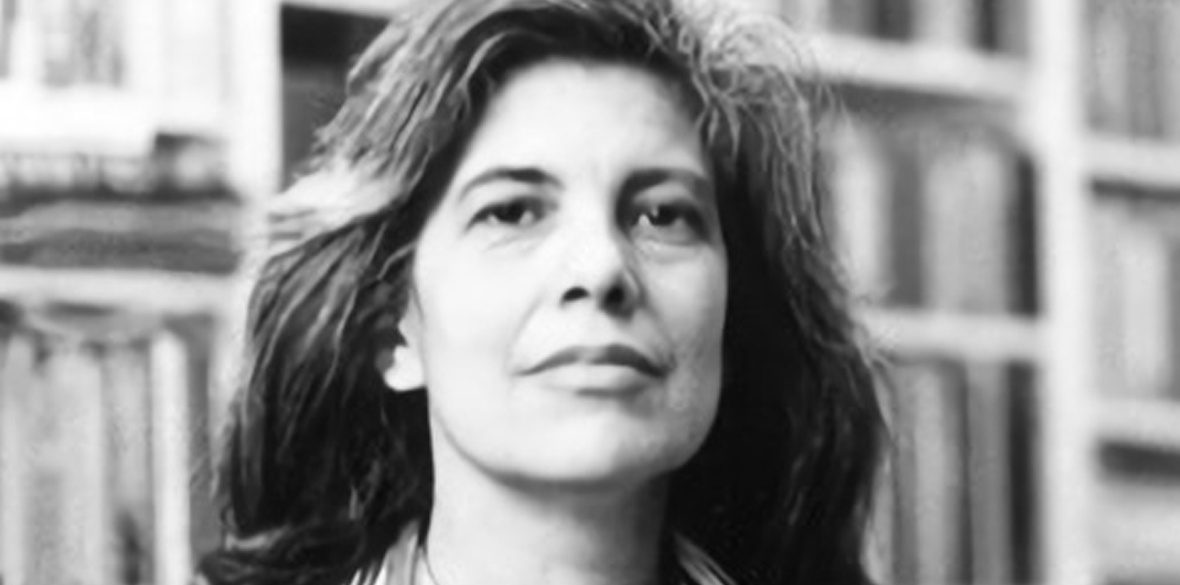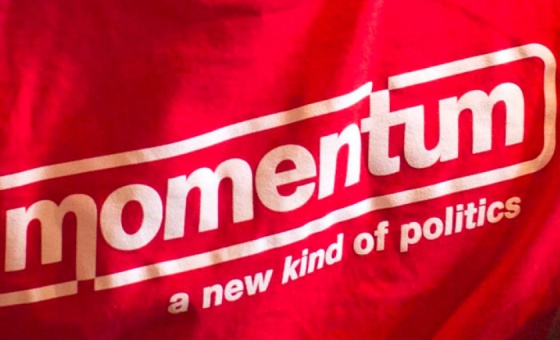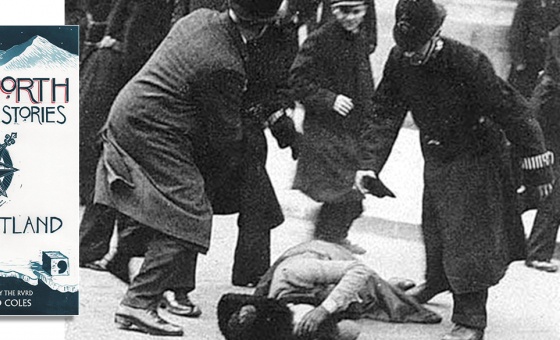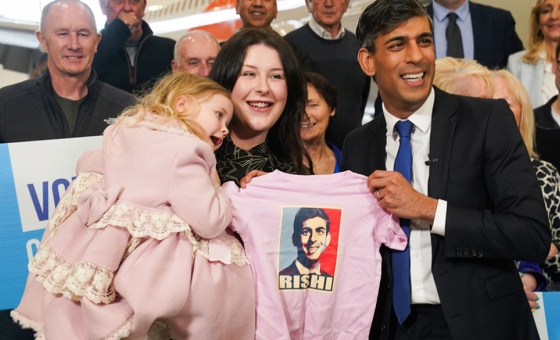This is the last article you can read this month
You can read more article this month
You can read more articles this month
Sorry your limit is up for this month
Reset on:
Please help support the Morning Star by subscribing here
SUSAN SONTAG (1933-2004) was a brand long before most writers knew they needed one. Even if you’ve never read a Sontag book, you can still engage with her seriousness by studying her darkly handsome and scathingly sensible face, as photographed by Richard Avedon, Diane Arbus or Annie Leibovitz.
A major 20th-century cultural critic, as well as novelist and film-maker, Sontag was all about interrogating Western art and literature to discover their embedded morality, or lack thereof: “The wisdom that becomes available over deep, lifelong engagement with the aesthetic,” she wrote, “cannot be duplicated by any other kind of seriousness.”
Decades ago, Sontag meant the world to me. My pals and I were, to use the 1970s label, “lesbian feminists.”
We were also insecure, angry, unformed and uninformed. Then, like a genius-IQ Wonder Woman, Sontag landed, wielding game-changing books like Notes on Camp, Against Interpretation, Trip to Hanoi, Aids and Its Metaphors and The Volcano Lover.
Some were great, some not, but all demanded rethinking lots of your life. The fact that this drop-dead brilliant woman was also beautiful and famous seemed to us twenty-somethings like simple moral justice and we couldn’t have asked for more. Looking back, though, we probably should have.
Recently, Benjamin Moser published Sontag: Her Life and Work, his 800-page biography of Sontag, which is brilliantly comprehensive.
It is the story of a woman who craved, even as a child, becoming part of the liberal wing of Western culture’s literary Establishment.
Sontag began life in 1933, as Susan Rosenblatt. After her father died when she was five, Susan and her sister were raised in the more culturally stultifying parts of Tucson and Los Angeles by an alcoholic mother.
At the age of 17, Sontag, precocious in all things, married her university professor and, at 19, gave birth to a son. Finding the relationship increasingly suffocating, Sontag spent most of her marriage breaking away and gaining child custody, while her work garnered critical attention.
“My desire to write is connected to my homosexuality,” Sontag wrote as a teenager.
“I need the identity as a weapon to match the weapon society has against me.”
Though her affairs with men were relatively short and less complicated, throughout her life Sontag pursued a series of passionate, unhappy and sometimes abusive relationships with women — Irene Fornes, Lucinda Childs, Annie Leibovitz, among others — which were open secrets in the art world.
Reading Sontag’s biography, you’re sadly aware of the paralysed horror this woman would feel at seeing this rendition of her life.
Moser devotes a chapter to the likelihood that Sontag’s “closetedness,” long after it was remotely necessary, was largely responsible for her signature lack of self-awareness and empathy, her occasional homophobia and her reliance on the opinions of others for selfhood.
Having conducted a phenomenal amount of interviews and research, Moser connects as many psychosexual, interpersonal and historical dots as he can to present Sontag as an epically accomplished and complicated woman.
Politically, his book offers a certitude about history, as if “we of the liberal intelligentsia” already know and agree on what’s happened — the fall of the USSR and the Berlin Wall were good, the Oslo Accords were promising, Cuba’s revolutionary “New Man” evoked Nazi purity.
While Moser would never dismiss Sontag’s lesbianism as a phase, he easily does so with her politics.
Sontag’s “radical” phase began in the 1960s, when she developed an interest in revolutionary societies. She spent some time in North Vietnam during the war and, in Partisan Review, famously wrote of the white race as “the cancer of human history.”
In “the American Bloomsbury,” Moser observes, where it was cool to debate revolution, Sontag became “that most radical of radicals.”
But this phase came to a definitive halt at a 1982 smackdown with the new left, when Sontag — supported by her friend, Joseph Brodsky, a poet expelled from the USSR — decried communism as fascism, [albeit] “successful fascism, if you will.”
This was the moment, according to a friend, that Sontag finally “ceased being ‘radical’ and reverted to being ‘intelligent’.”
Moser includes a dust-up between Sontag and the openly feminist and lesbian poet Adrienne Rich.
Sontag’s essay Fascinating Fascism had attributed the new-found popularity of the Nazi-friendly work of film-maker Leni Riefenstahl to feminists.
Rich wrote to correct Sontag: it was not feminists, it was the cinephile Establishment that promoted Riefenstahl.
Deeply affronted, Sontag called Rich an “infantile leftist” whose demagoguery was yet another example of fascism.
But Rich was already heading off to society’s “infantile” margins to write some of her best work, examining white women’s role in the history of enslavement and colonialism and exposing compulsory heterosexuality in building empire.
Here, on these “fanatical” margins, Sontag would have ceased to think or exist.
But these margins have also encompassed centuries of art, scholarship and literature by intellectuals and artists — largely black, brown and Indigenous –—who knew, usually first-hand, the colonialism, enslavement and genocide on which the esteemed New York Review aesthetic has been built.
It isn’t that radicals don’t deserve criticism. Sometimes, as Sontag alleged, the left does know less about human rights abuses under “communism” than Reader’s Digest subscribers.
But communism was meant to answer centuries of imperial European atrocities. Where was Sontag, intellectually, when she wrote about the cancerous white race?
Why did she leave that place? She was never without her white, middle-class privilege — she could come and go as she pleased and her journey leaves many questions.
Why, after the September 11 2001 attacks, did Sontag seem to return, at least for a moment, to that empire-questioning place?
She was one of very few public voices to criticise US policy and was thoroughly excoriated for it.
Sontag’s mysteries and metaphor are one reason you’d want to read her biography. I just wish Moser — and Sontag herself, for all her seriousness — could have taken radicalism more seriously.
This is an edited version of an article that first appeared in Counterpunch (counterpunch.org). Susie Day is author of the recent Haymarket book The Brother You Choose.












